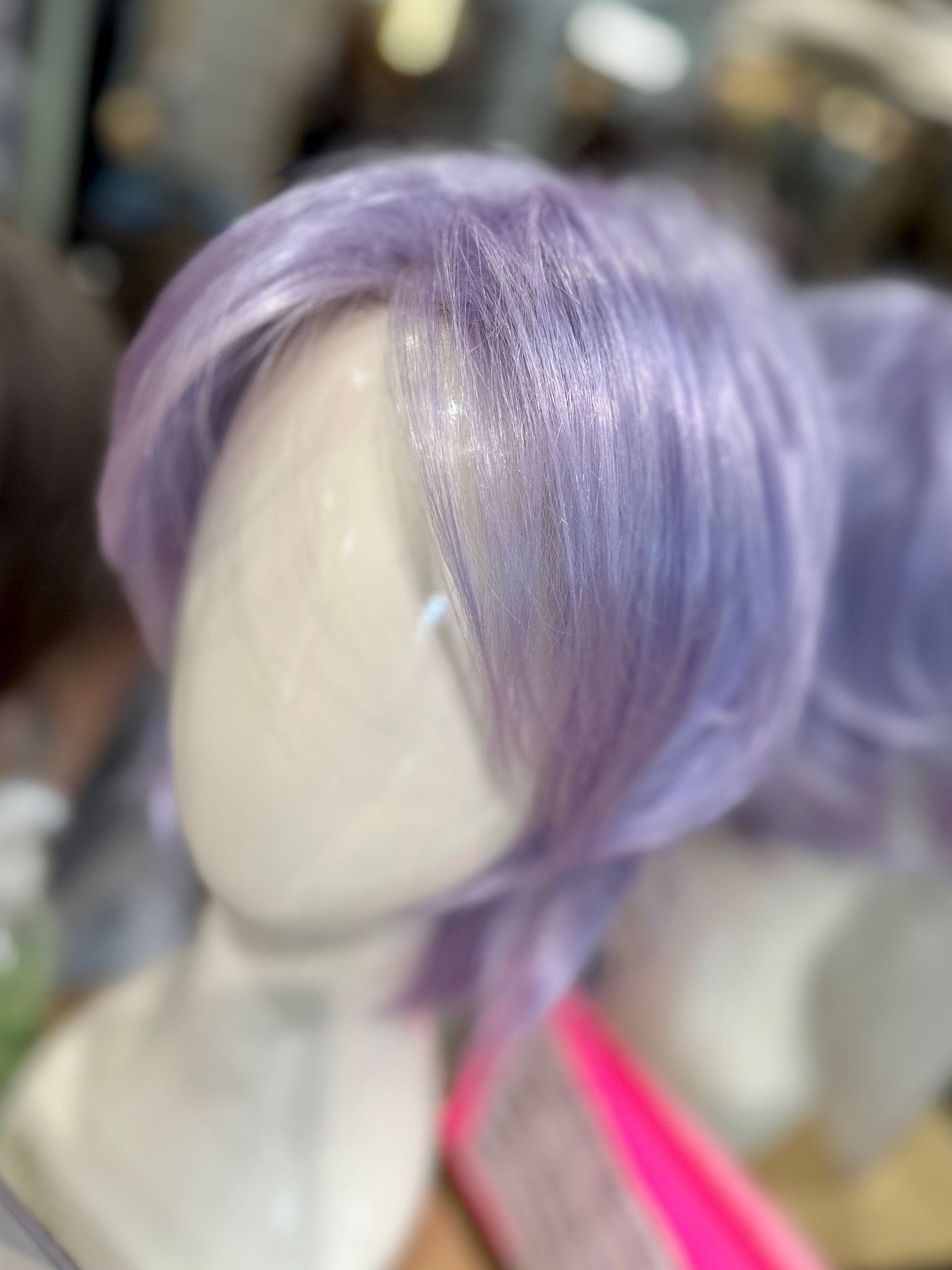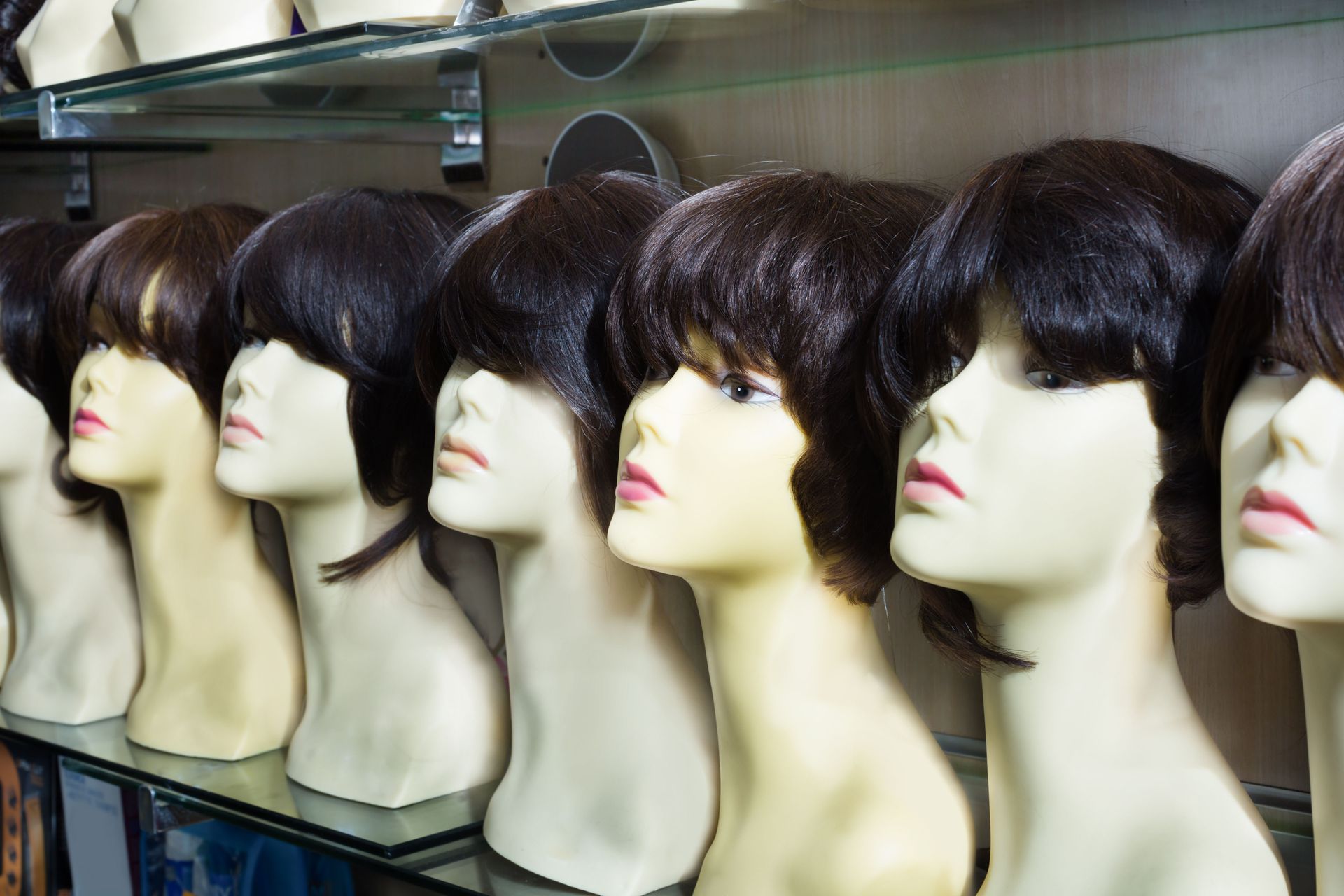Exploring the History and Evolution of Wigs
Wigs have been an integral part of human culture for centuries, serving diverse roles from fashion statements to tools of disguise and transformation. Over the years, they have transformed from symbols of authority and social status to versatile accessories embraced by people from all walks of life and across global cultures. Understanding the historical journey of wigs not only highlights cultural shifts but also underscores the innovative nature of fashion, identity, and personal expression.
Ancient Origins
The history of wigs dates back to ancient civilizations, where they were worn as symbols of power and prestige. In ancient Egypt, wigs were essential for the elites, providing protection from the sun and signifying a distinguished social status. As time passed, wigs were embraced by the European aristocracy during the 17th and 18th centuries, where they became extravagant fashion statements, with styles indicating one's social rank and vocational significance, according to the European Fashion Heritage Association.
Modern Innovation
In modern times, wigs have evolved significantly, becoming inclusive of a broader range of materials and styles, catering to diverse needs and preferences. The innovation in synthetic fibers and human hair production has made wigs more accessible and customizable than ever before. With the wig market projected to reach $8.9 billion by 2027, according to Gitnux.org, this steadily growing industry reflects both cultural acceptance and the increasing demand for versatile hair solutions that cater to aesthetic and practical needs.
More Than Fashion
Wigs today are not only about aesthetics but also serve significant roles in areas such as cinema and medicine. Actors frequently utilize wigs to embody different characters, while individuals undergoing medical treatments find comfort and normalcy through hair replacement. The technological advancements in wig manufacturing continually enhance authenticity and comfort, making wigs an essential accessory for those seeking identity reflection or restoration.
The history and evolution of wigs underscore the dynamic nature of fashion and human expression. From ancient times, when wigs were symbols of power, to today's multifaceted uses, wigs have continually adapted to meet the changing needs of society. As the market expands and evolves, it is fascinating to anticipate how wigs will continue to influence fashion and offer solutions for personal and imaginative styling needs in the future. For more information about the services that we offer, reach out to our incredible team at Hana Designs today!










Share On: